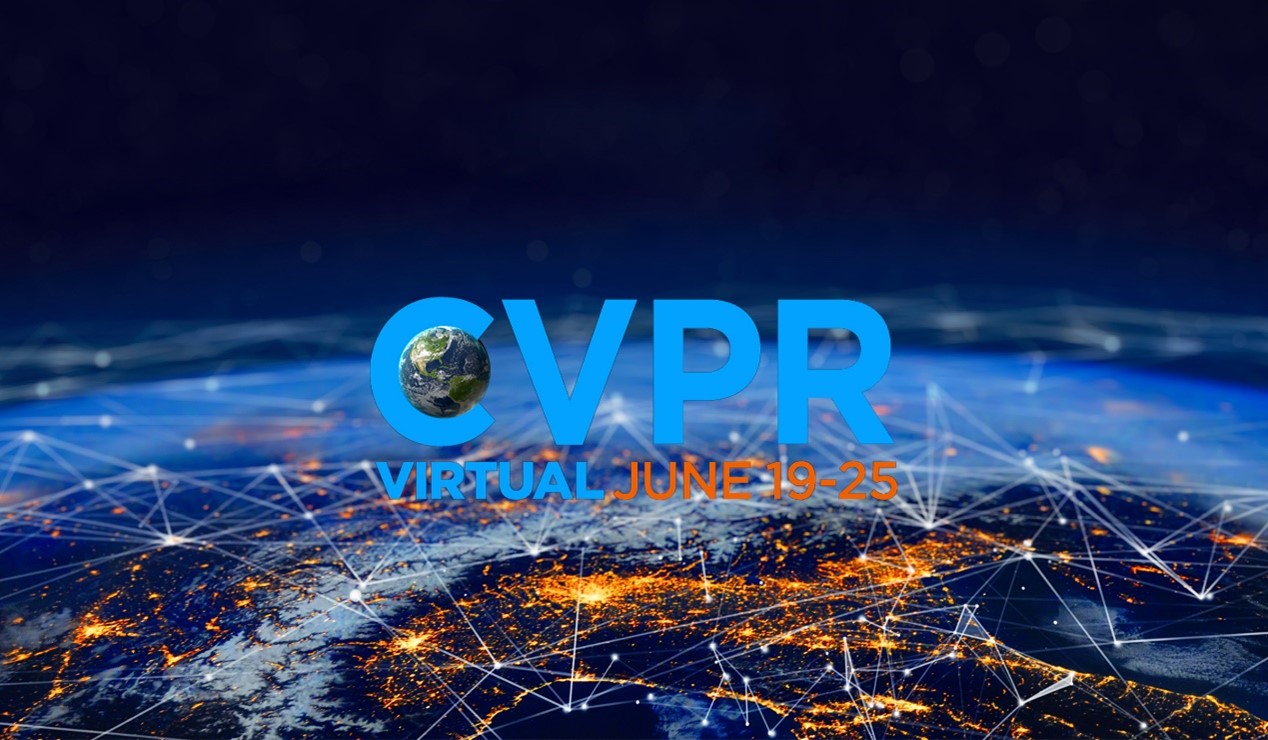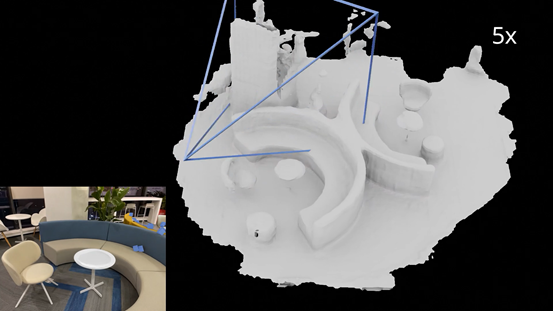- News and Stories
SenseTime Breaks New Ground in Computer Vision Research with 66 Papers Accepted to CVPR 2021
Ranked first in 4 world-class challenge tracks
Hong Kong – June 24, 2021 – SenseTime, a leading global artificial intelligence (AI) company, is breaking new ground and forging new momentum in computer vision research by tapping into the industry’s hottest pain points with 66 papers accepted to this year’s conference on Computer Vision and Pattern Recognition (CVPR), the world’s largest annual conference on computer vision and AI that takes place on 19-25 June, 2021.

Featuring presentations, tutorials, workshops and panels delivered by leading authors, academics and experts, this year’s all-virtual CVPR retained its industry-leading high standards with a 23.7% acceptance rate. In addition to the outstanding number of papers accepted, a team of researchers from SenseTime’s joint lab won three world-class challenge tracks in this year’s New Trends in Image Restoration and Enhancement (NTIRE) category, namely the Video Super-Resolution challenge, Quality Enhancement of Heavily Compressed Videos challenge (Track 1: Fixed QP, Fidelity) and Quality Enhancement of Heavily Compressed Videos challenge (Track 3: Fixed bit rate, Fidelity). Under ActivityNet, another highlight of CVPR and one of the most prestigious competitions in the activity recognition category, the SenseTime Research team also ranked first in the Weakly-Supervised Learning Track of HACS Temporal Action Localization Challenge which explores a weakly-supervised training procedure to learn action localization models.
During the conference, a CVPR Tutorial titled “OpenMMLab: An Open-source Algorithm Platform for Computer Vision” organized by OpenMMLab, an open-source community co-established by SenseTime’s joint lab, caught much attention. Prof. Dahua Lin, Co-founder of SenseTime and professor of CUHK-SenseTime Joint Lab, Prof. Cavan Loy, Co-associate Director of NTU S-Lab and Director of MMLab@NTU, and Prof. Alan Yuille from Johns Hopkins University were among the speakers to share how OpenMMLab can empower fundamental AI research and contribute to a better open-source ecosystem.

Innovate to Tackle Real-World Challenges
The 66 papers by SenseTime and its joint labs not only cover the most cutting-edge research outcomes in various directions, but also address the real-world challenges and proposed innovative ideas that can be applied in various scenarios. For example, NeuralRecon: Real-Time Coherent 3D Reconstruction From Monocular Video, a paper shortlisted for Best Paper at CVPR 2021, proposed a novel 3D reconstruction system based on neural networks. The technology is also at the core of SenseTime’s SenseMARS augmented reality platform, which enables 3D reconstruction without the need of high-cost depth sensor like LiDAR. Common challenges in computer vision, such as image compression in mass-image scenarios and algorithm adaptability during the model training of LiDAR used on autonomous driving, etc., were also discussed in some of the accepted papers.

The pre-trained model of NeuralRecon performs real-time 3D construction of an office scenario
Strengthen Intellectual Property Protection
Since 2016, nearly 300 papers from SenseTime and its joint labs have been accepted to CVPR and establishing SenseTime as a world leader in AI. During this time, SenseTime has increased efforts to protect intellectual property of research results, a necessity for maintaining its competitive edge on the market and expanding its technology offerings to various sectors. Over the past six years, its patent applications have doubled, totaling more than 7,500 patent assets, over 90% of which are inventions. More than 1,200 patents have been granted in over 20 countries/ regions worldwide, effectively protecting all research as high-value patents.
SenseCore AI Infrastructure Lays Solid Foundation for Research Breakthroughs
SenseTime’s achievements in the research field are accomplished through the relentless innovation and improvement of proprietary technologies which are supported by SenseCore, a solid, comprehensive AI infrastructure encompassing three layers - hardware, algorithms and applications.
The main purpose of SenseCore is to reduce the cost and demand on resources in the production of AI. SenseCores’ strong AI capabilities accelerate the development of large-scale AI applications, adding AI into more value chains with a closed loop to address long-tail application scenarios, and subsequently creating new business models that benefit society and humanity.
“SenseTime provides the vital bridge between AI technologies and the vast range of real-world application scenarios today. We are creating the fertile ground, where new academic questions can emerge, grow, and in turn inspire SenseTime to develop innovative technologies.” Said Prof. Dahua Lin.
Through the construction and continuous enhancement of SenseCore, SenseTime hopes to better support AI talents in research innovation and contribute to a stronger, more sustainable AI ecosystem.







 Return
Return